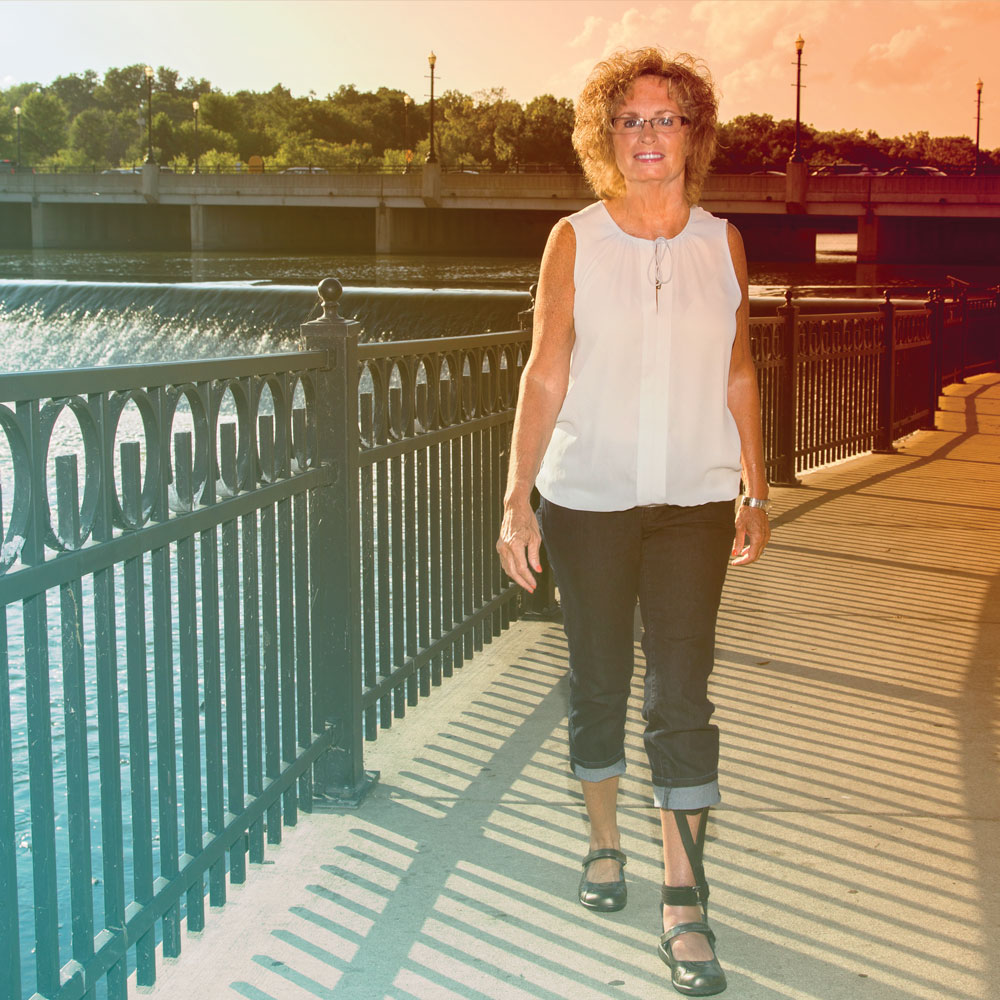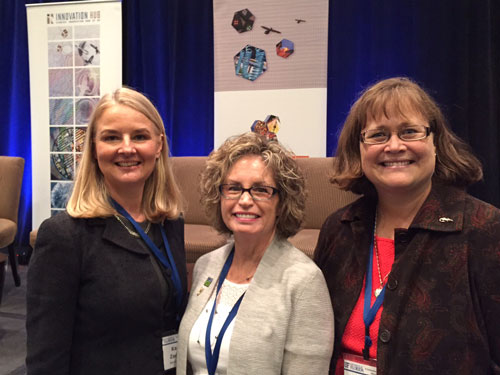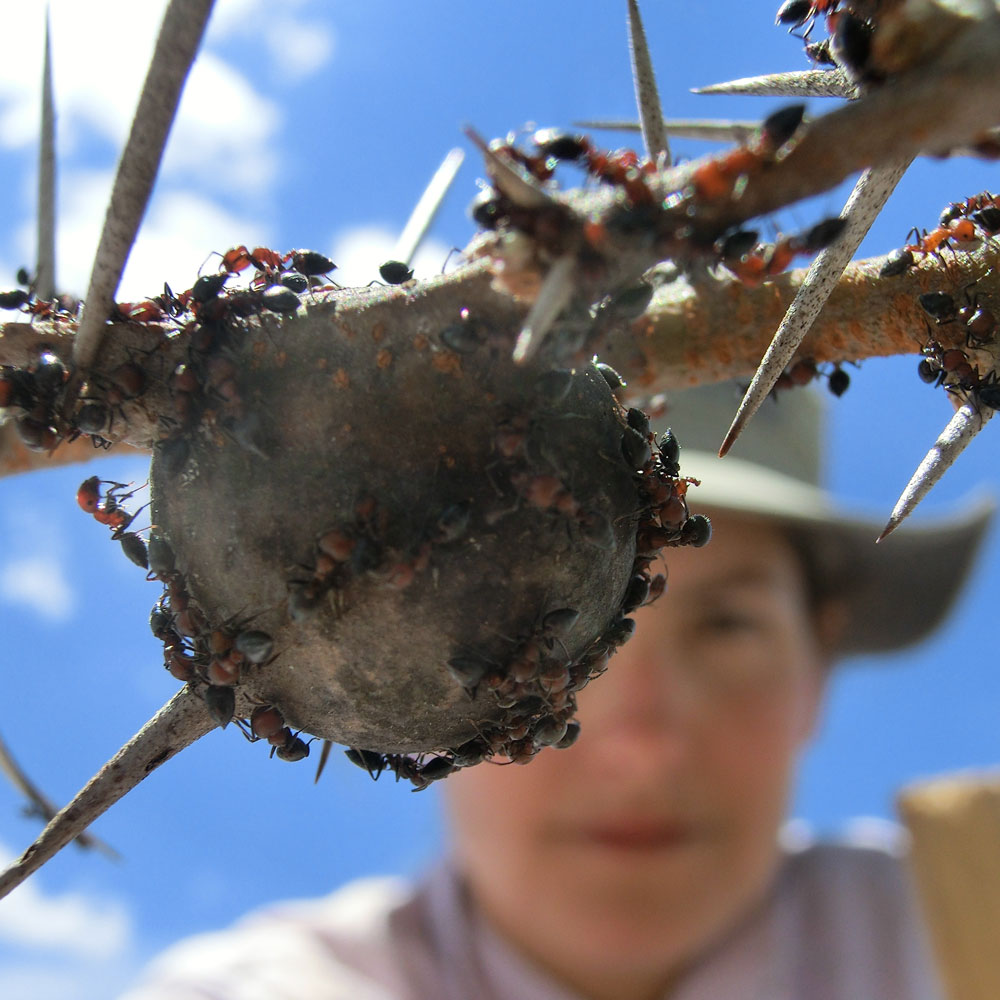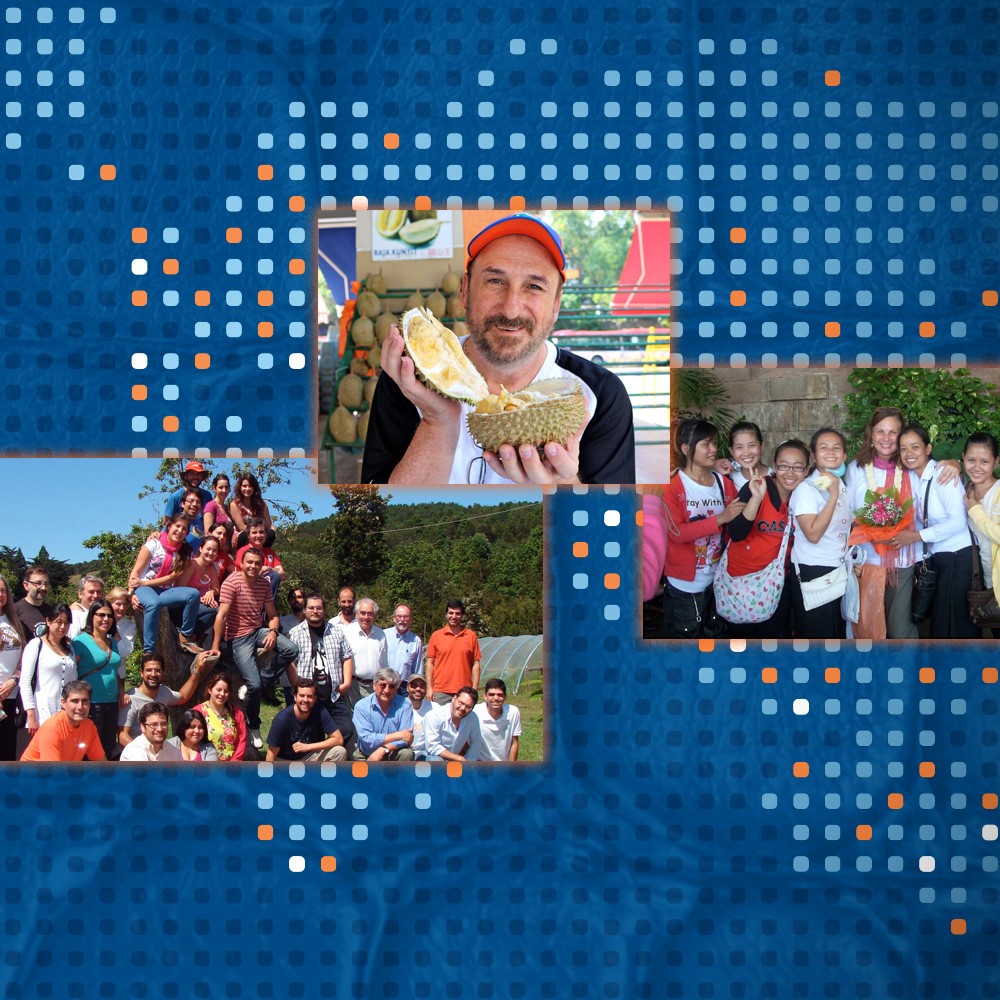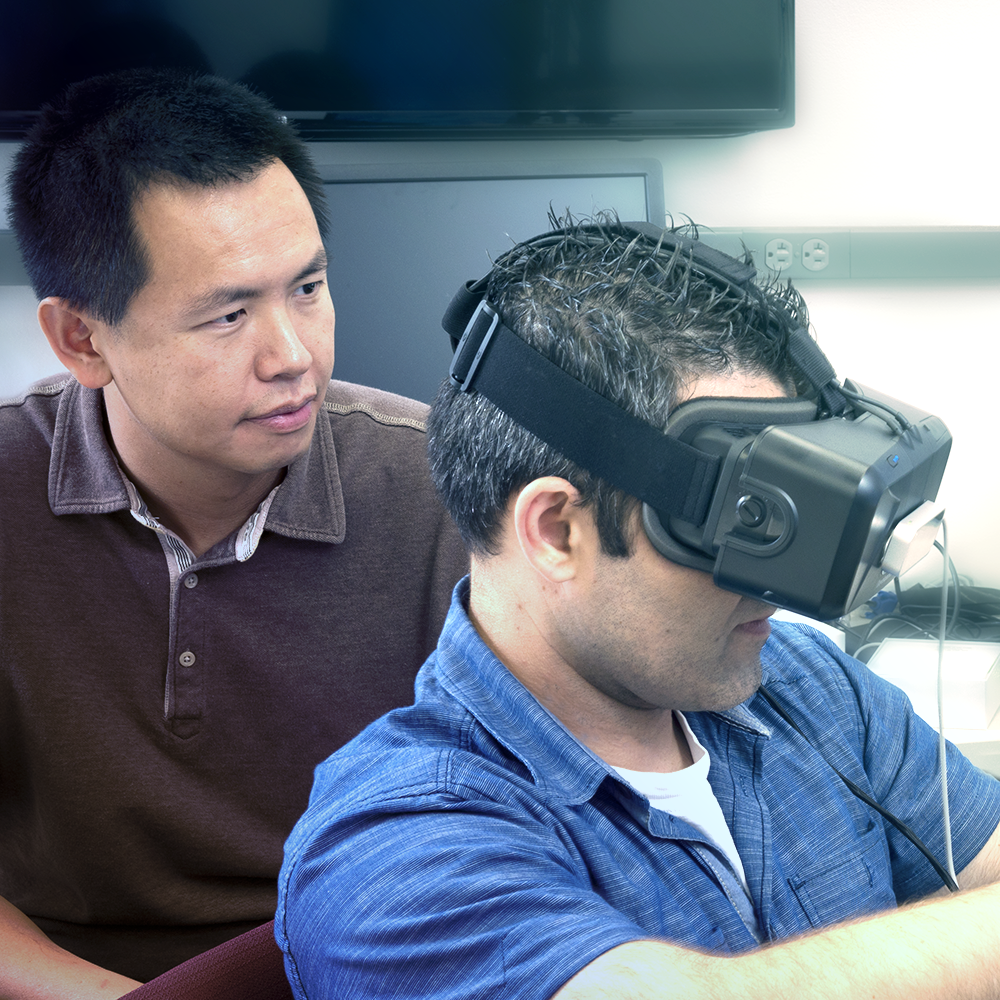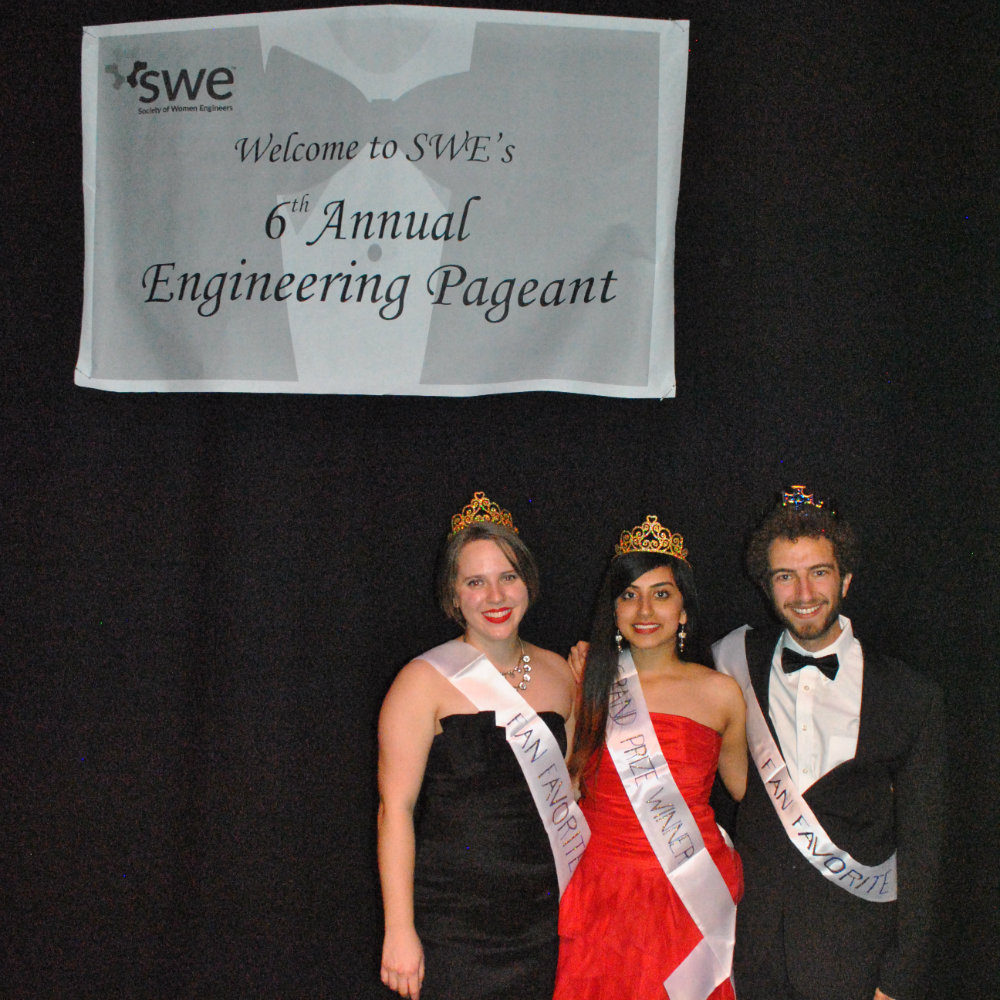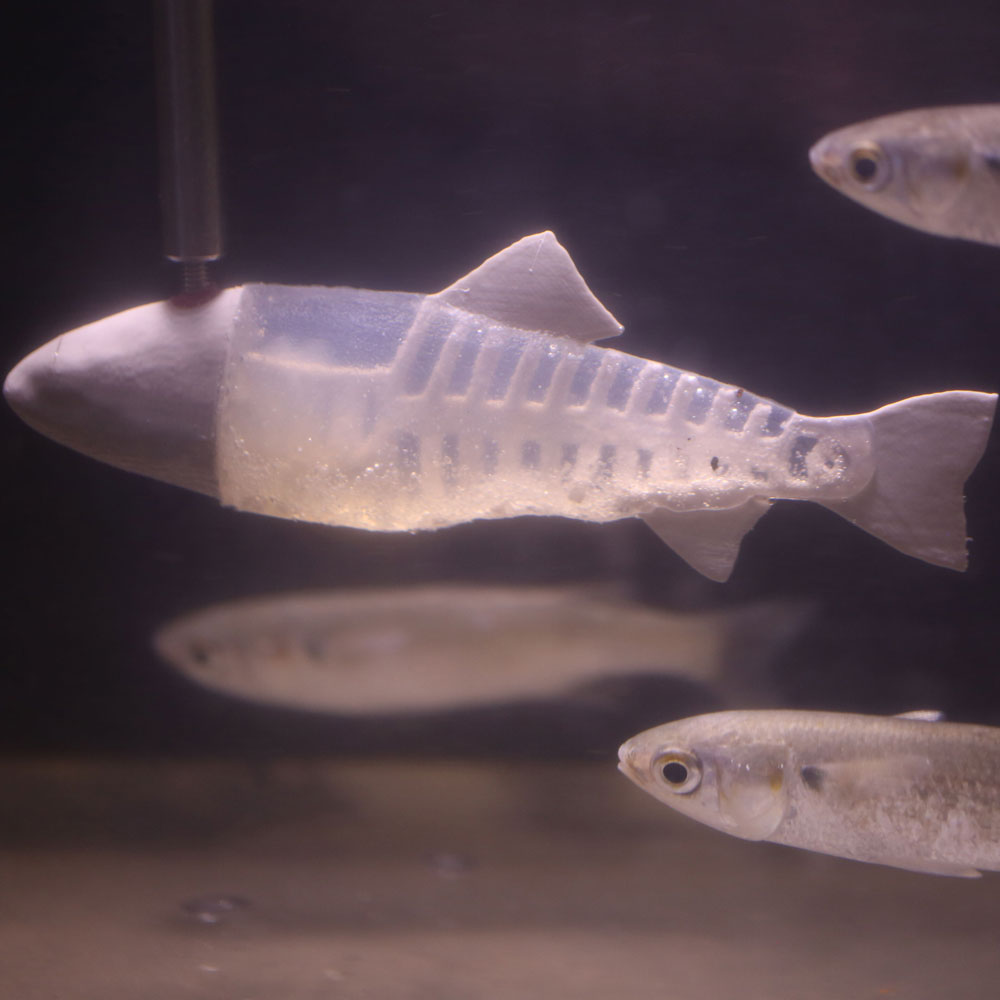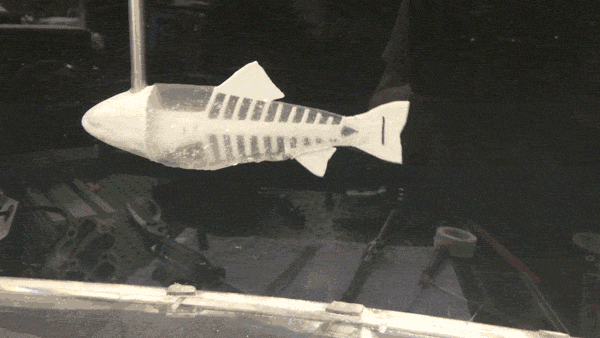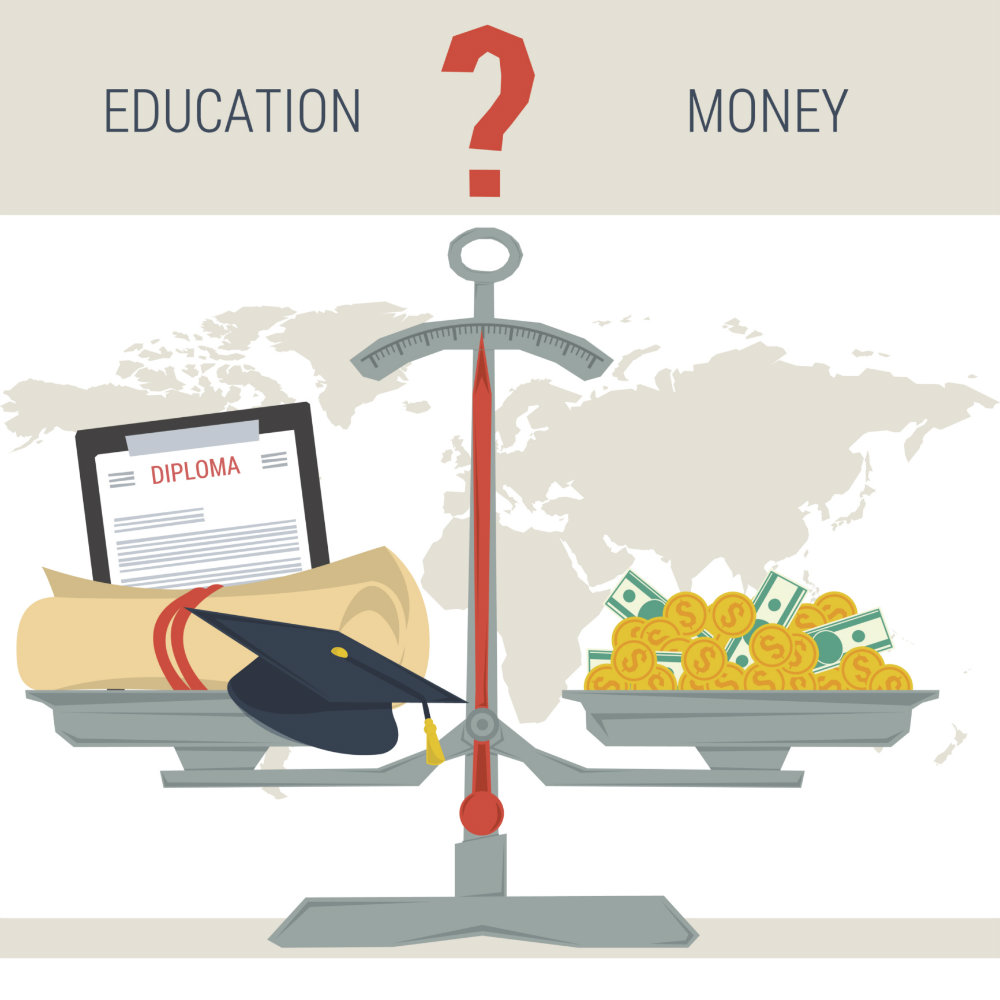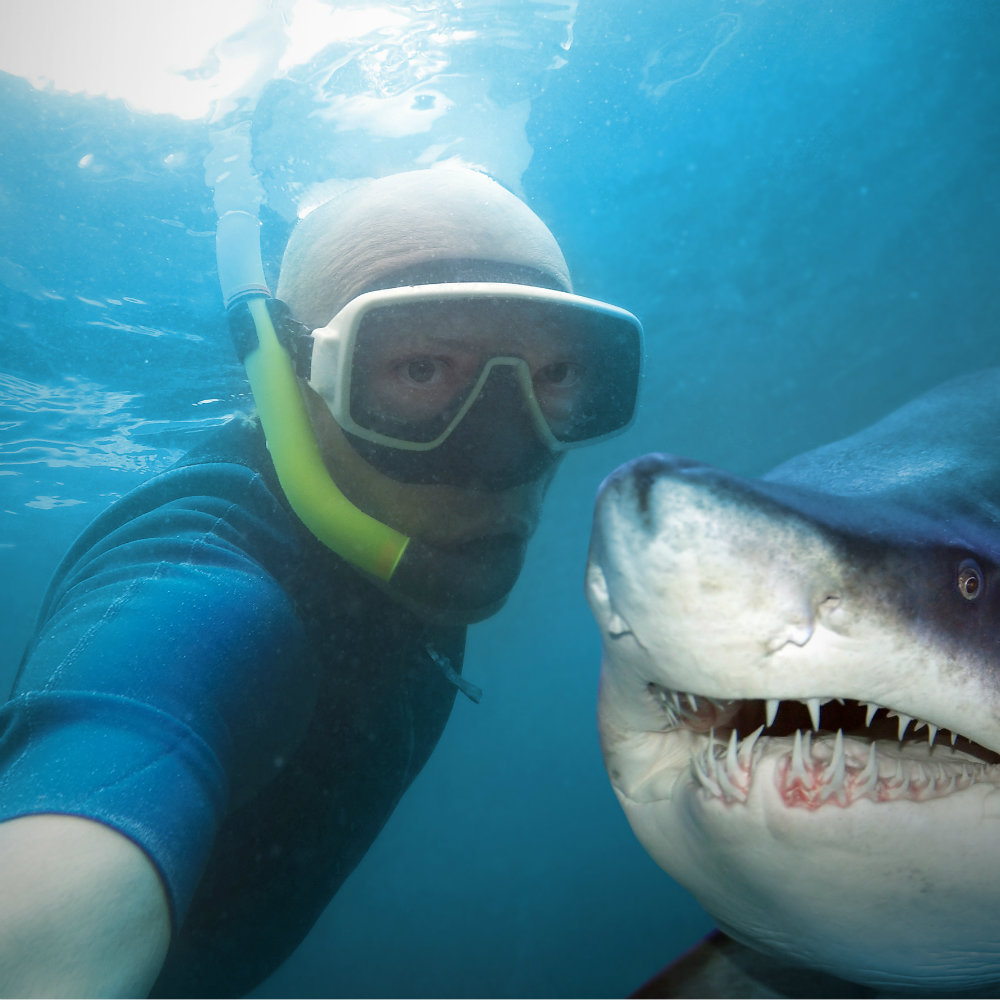President Barack Obama became the first sitting U.S. president to visit Cuba in nearly 90 years as he set off on a three-day trip to the island nation on Sunday, the latest step in a thaw in relations that began in December 2014.
Ahead of the trip, the administration issued its fifth set of measures relaxing regulations that restrict U.S. banking, financial, travel, business and economic dealings with Cuba.
Despite the significant attention surrounding Obama’s decision to pursue warmer relations, the United States in fact already does a considerable amount of business with Cuba – far more than most Americans likely realize. For example, the Trade Sanctions Reform and Export Enhancement Act, passed in 2000, allows U.S. firms to sell food and medicine to Cuba. From 2000 to 2015, the United States exported US$5.3 billion worth to Cuba, according to U.S. Census Bureau statistics.
The latest measures are quickly building on that foundation, particularly in terms of travel. Last year the number of Americans who visited Cuba on “people-to-people” trips – required to be more educational than typical tourism – almost doubled from the year earlier and continues to grow rapidly as airlines prepare to begin scheduled flights for the first time in more than half a century.
So in light of the president’s visit, it is natural to ask what the future might bring for the country – besides a flood of U.S. visitors. Is Cuba ready for this influx? As U.S. regulations change to allow foreign investment, how eager will American businesses be to invest in an economy in desperate need of stimulus?
And is there a chance the candidate who will replace President Obama will want to deviate from his path?
As analysts of Latin-American business, finance and Cuban agriculture, we’re following these fast-evolving issues closely. Here’s our read of the situation thus far.
Ongoing reforms
Relaxation of some of the U.S. restrictions on travel and doing business in Cuba comes at a time when the Cuban government is implementing a series of reforms intended to allow market forces to play a larger role in the Cuban economy.
The reforms, which began in 2008, include allowing individuals and cooperatives to cultivate unutilized plots of land, permitting self-employment in a wider range of activities, relaxing restrictions on operating private restaurants and room rentals, more autonomy for state enterprises and allowing Cuban citizens to buy and sell homes.
Further progress in implementing market-oriented reforms is likely to be uneven, however, and in recent months the Cuban government has, once again, taken an expanded role in the distribution of food.
The Cuban government has been careful to emphasize that changes in policy by the United States will not alter Cuba’s revolutionary philosophy. And despite the resumption of diplomatic relations and other overtures from the U.S. over the past 15 months, Cuba’s food and agricultural purchases from U.S. businesses are plummeting – down 22 percent since 2008 – a victim of the U.S. requirement that purchases be made in cash. Other countries, meanwhile, are offering expanded lines of credit and extended terms for trade.
The U.S. Treasury’s Office of Foreign Assets Control is required by statute to maintain the requirement that agricultural commodities and items be paid for with cash in advance or by third-country financing.
Americans flock to Cuba
Meanwhile, Cuba’s tourism infrastructure is being pushed to, and perhaps beyond, its limits as foreign tourists and Americans flock to Cuba.
And that’s just the beginning. At least eight U.S. airlines have applied for approval to offer commercial (rather than charter) flights to Cuba, opening the door for possibly more than 100 flights per day between the United States and Cuba later this year.
The explosion in tourist traffic to Cuba has placed increased pressure on the country’s already strained food system. The increased demand for food at tourist hotels and in Cuba’s rapidly expanding network of private restaurants is driving up domestic prices, making it increasingly difficult for Cubans to find affordable food to feed their families.
Cuba’s heavy reliance on food imports makes this a potentially expensive problem for the government. The agricultural sector is in desperate need of capital to expand output, but domestic sources of capital are extremely limited, highlighting the critical need for foreign investment.
Foreign dollars needed
In fact, all sectors of Cuba’s economy deeply need foreign investment.
At Cuba’s International Trade Fair last fall, Cuba’s minister of foreign trade, Rodrigo Malmierca, announced the country’s new list of potential business opportunities for foreign investors – 326 projects that require a combined $8.2 billion in investment. This is above and beyond the 40 projects that had been on the list issued the previous year – all of which have been removed because they were reportedly in the advanced stages of negotiation with potential foreign investor partners.
Indeed, Malmierca has acknowledged that Cuba needs to bring in $2 billion in foreign investment per year to reach its goal of 5 percent annual GDP growth (up from 2.7 percent in 2013). While Cuba’s foreign investment regulations are gradually evolving, they have not yet reached what most would consider to be international standards.
Attorney Jim Whisenand, who has been involved in legal issues with respect to Cuba since the 1990s, has described Cuba as a “frontier market":
and by definition, you’re on the frontier … If you want the same safeguards and regulations of investing in New York or Miami, then you should be investing in New York or Miami.
On the other hand, Cuban-American attorney Pedro Freyre, a partner at the Akerman law firm and chairman of their international practice group, sees that changing:
Clients now have a change in perspective on Cuba. Before they worried about doing something that was not allowed. Now they are worried about being left behind.
Claims and counterclaims
Talk of attorneys raises another consideration: the issue of claims for expropriated properties.
Space here will not allow for a careful discussion of this thorny issue. It’s important to note, however, that the U.S. Justice Department has certified more than 5,900 claims for expropriated properties worth more than $1.9 billion (1960s dollars). Provisions in the 1996 Helms-Burton Act allow Cubans who lost property to expropriation and who have since become U.S. citizens to sue in American courts for their properties (though its legality is contested).
Perhaps it should come as no surprise that some attorneys refer to the Helms-Burton Act as the “full employment for lawyers act.”
Conversely, Cuba has indicated that the United States owes it over $1 trillion from damages caused by the embargo.
Suffice it to say that there would appear to be a long and messy legal road ahead even if the U.S. embargo were to be lifted – a development that would require approval of the Congress and the president, since the Helms-Burton legislation codified the embargo into law.
Where the candidates stand
Relations with Cuba have not, so far, been a big issue in the U.S. presidential race.
Now that Marco Rubio has dropped out of the race, fellow Cuban-American Ted Cruz, citing human rights concerns, is the candidate most opposed to any relaxation of sanctions. He has described the normalization of diplomatic relations with as a “tragic mistake.”
John Kasich has not articulated a position on Cuba, but voted against measures that would have eased restrictions when he was a member of Congress.
Parting with the other Republican candidates, Donald Trump supports diplomacy with Cuba. In September, he said “the concept of opening with Cuba is fine, but we should have had a better deal.”
Bernie Sanders supports normalization of relations with Cuba, as does Hillary Clinton, who has called for lifting the embargo. She has said that if elected president, she would use executive authority to further relax trade and travel restrictions if Congress does not lift the embargo.
Laying the groundwork for growth
As a result of its market-oriented reforms, the relaxation of U.S. restrictions and trade with other countries, Cuba today is well positioned for a strong economic expansion.
The question is whether the government of Cuba, with its concerns about maintaining political control, will restrict or support the policies needed to capitalize on this opportunity.
Indications are that the Cuban government remains strongly committed to move slowly in how its economy and its relations with the United States evolve.
The deciding factor in how change evolves in Cuba will be driven as much by the pace at which the Cuban government decides to move as the rate at which U.S. policies adjust.
This article originally was published in The Conversation on March 21, 2016.
Global Impact
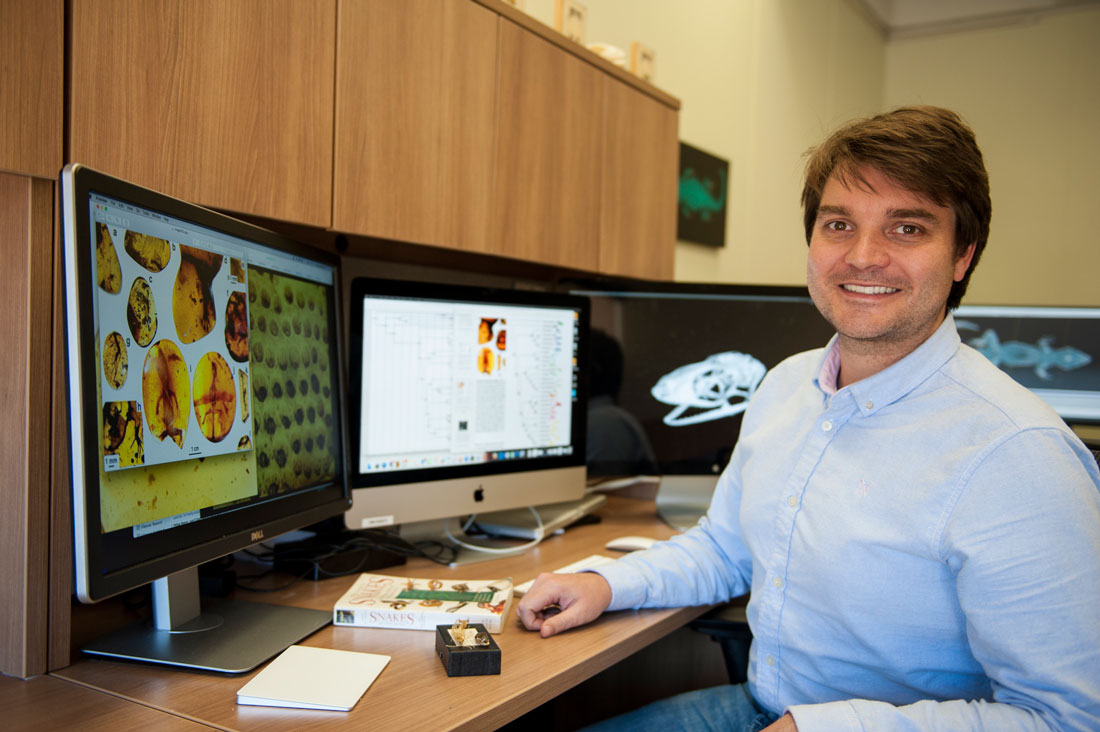

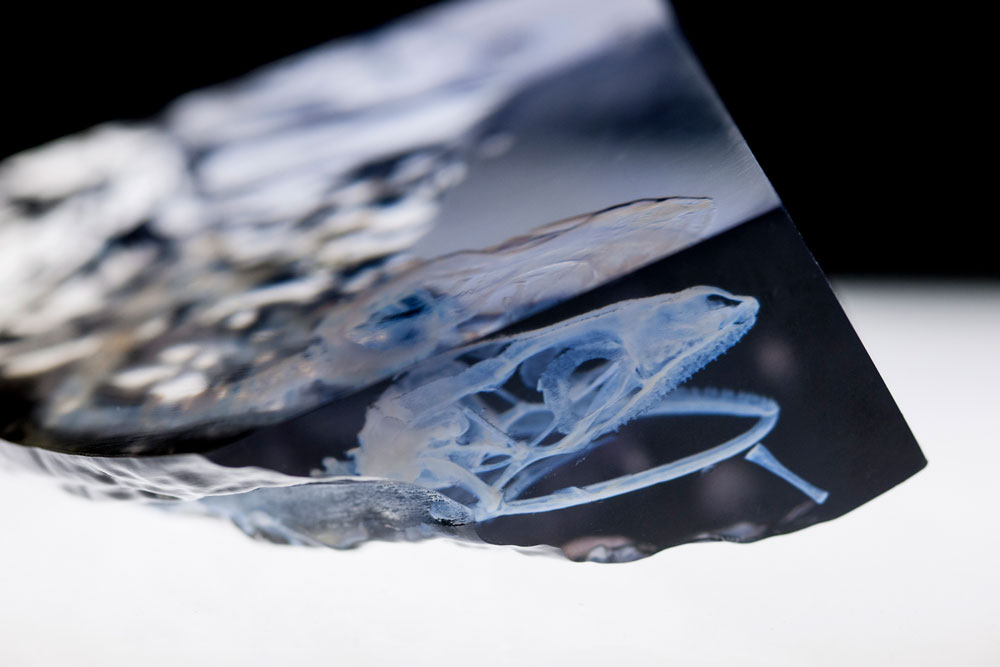 A 3-D print of one of the fossilized lizards.Stanley said the fact that these incredibly ancient lizards have modern counterparts living today in the Old World tropics speaks to the stability of tropical forests.
A 3-D print of one of the fossilized lizards.Stanley said the fact that these incredibly ancient lizards have modern counterparts living today in the Old World tropics speaks to the stability of tropical forests.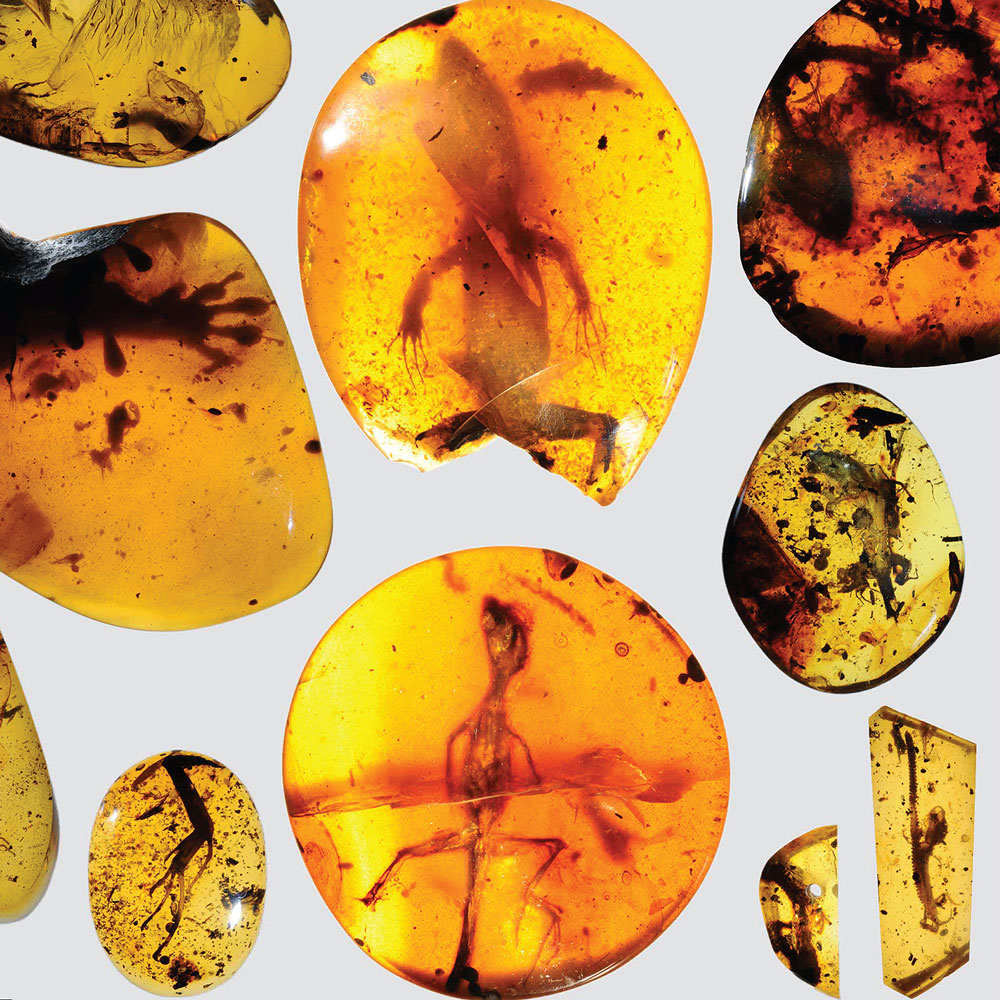
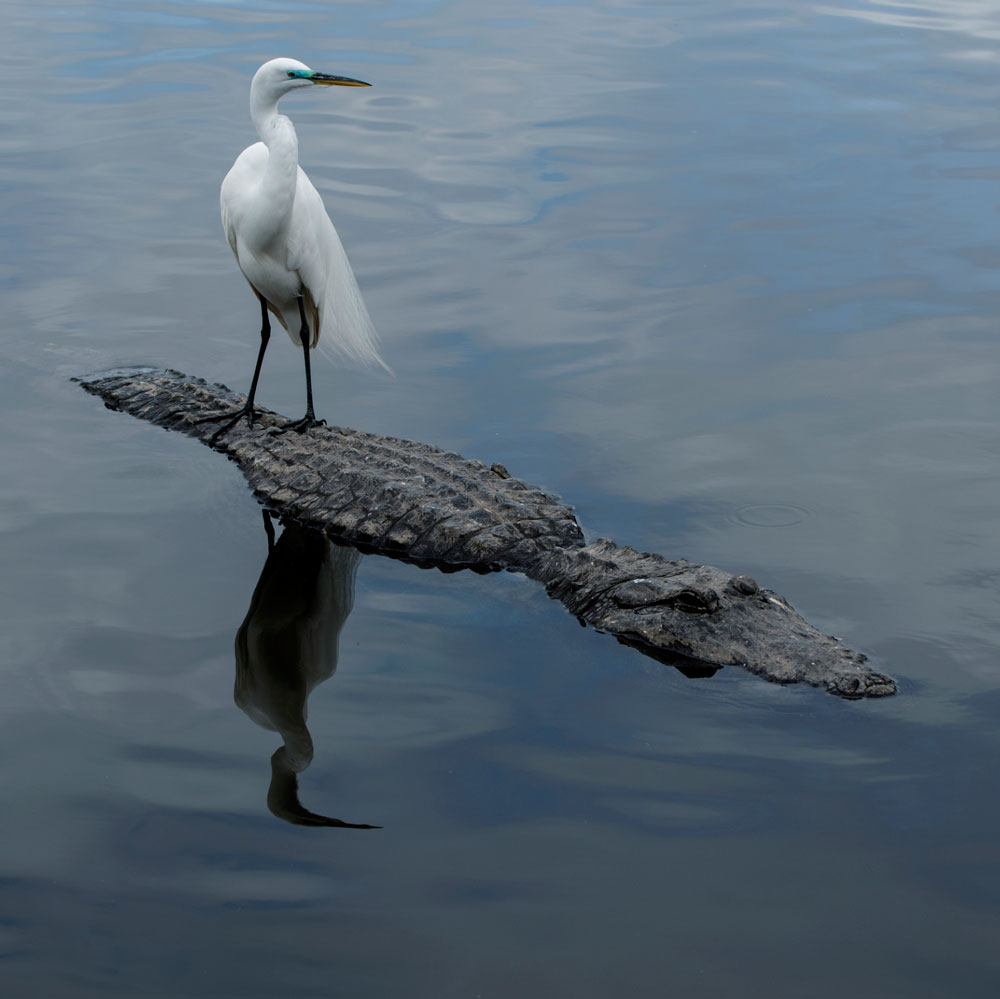


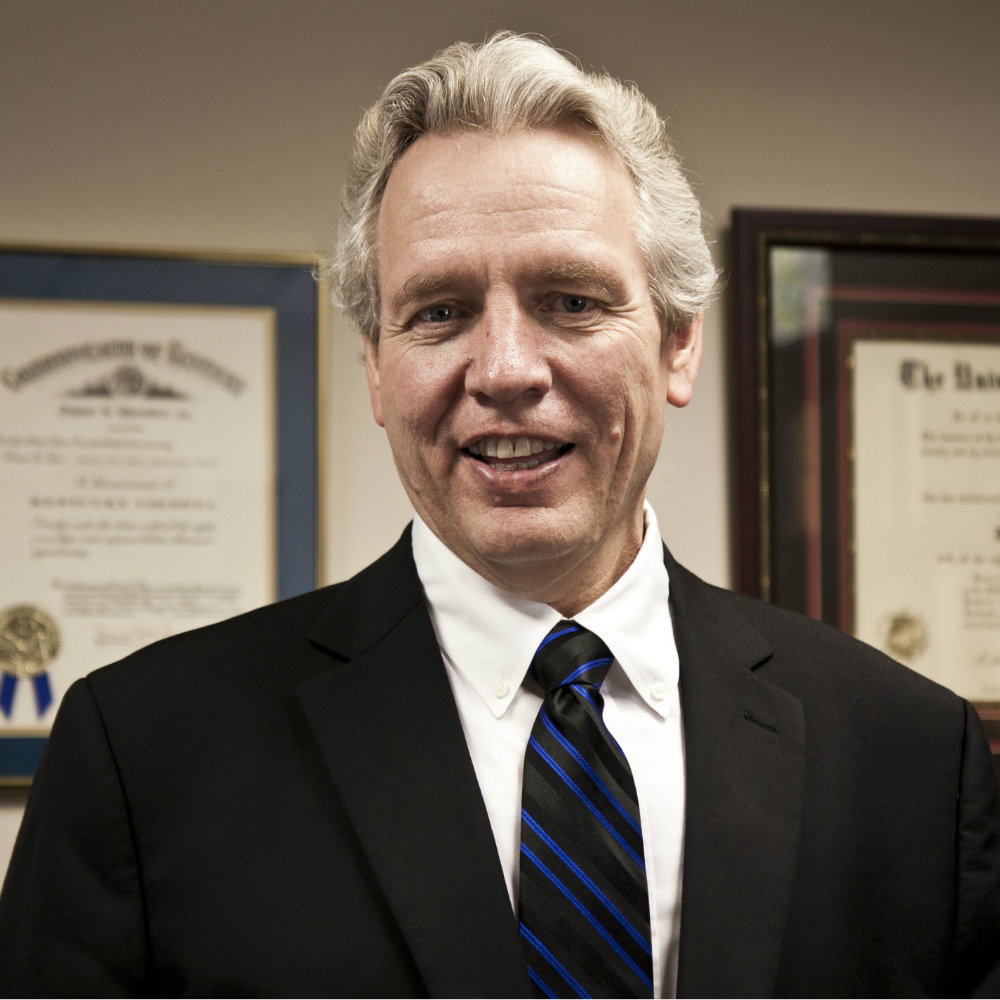

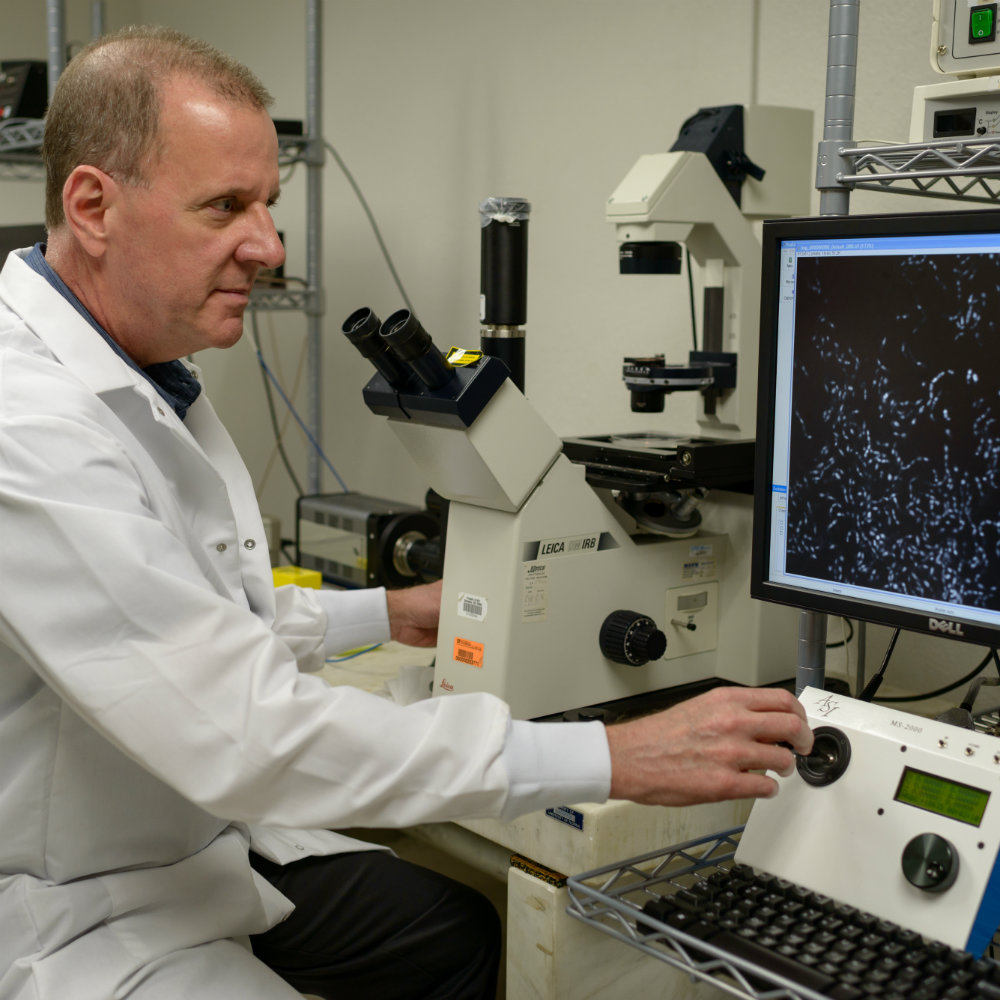
square.jpg)

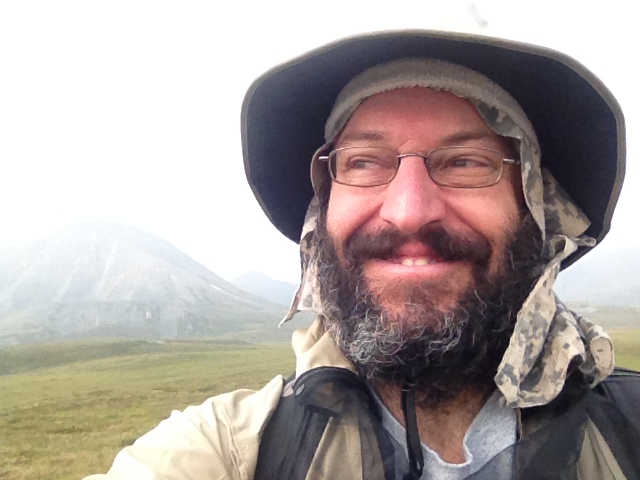
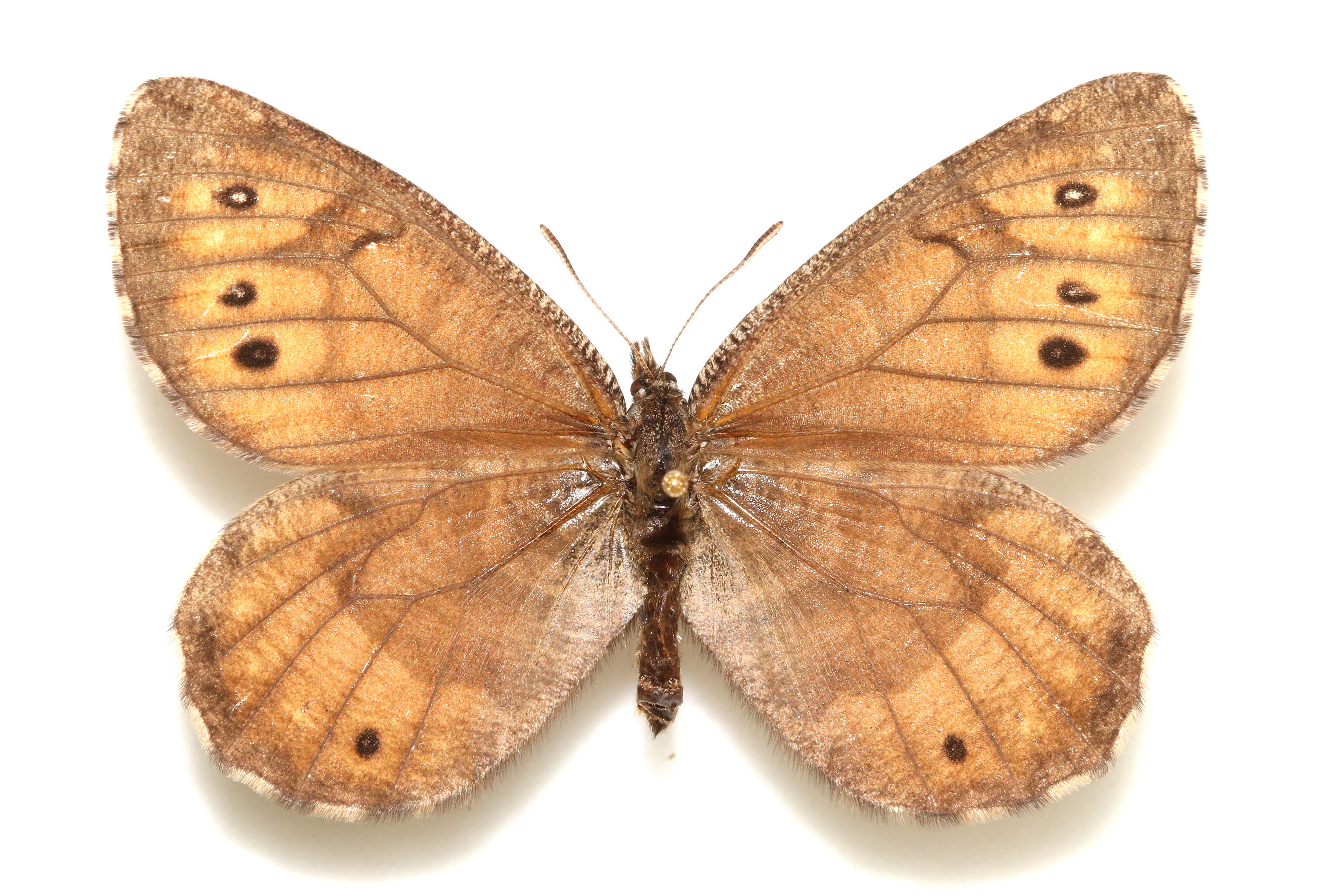 For more than 60 years the Tanana Arctic hid beneath scientists’ noses incognito as its very similar relative the Chryxus Arctic, until Warren noticed its distinct characteristics while curating collections at the McGuire Center.
For more than 60 years the Tanana Arctic hid beneath scientists’ noses incognito as its very similar relative the Chryxus Arctic, until Warren noticed its distinct characteristics while curating collections at the McGuire Center.